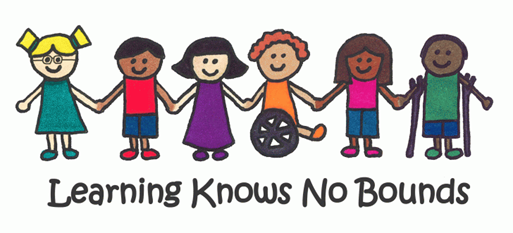
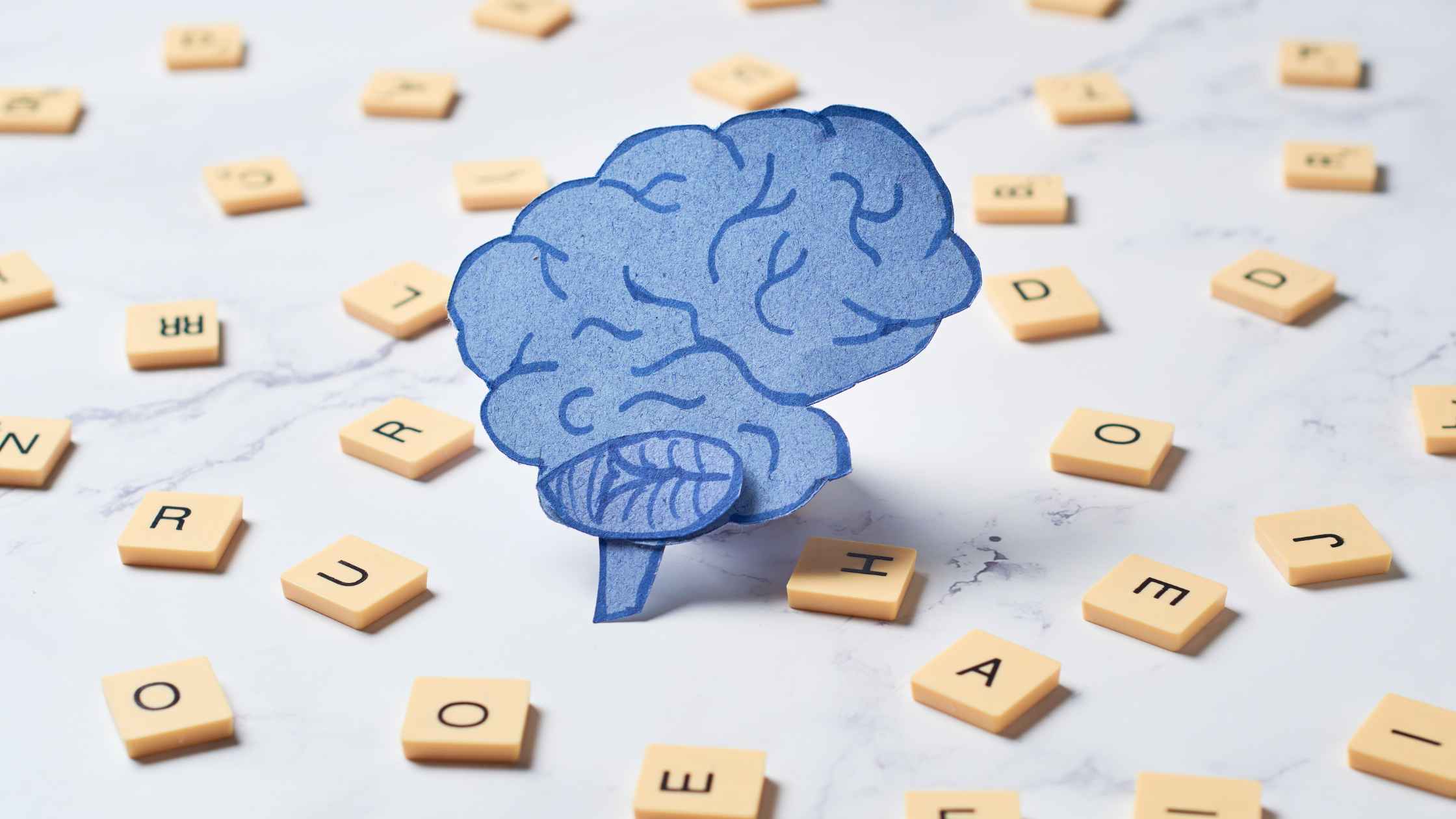
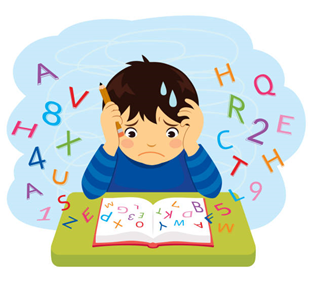
Learning disability is an umbrella term that includes various neurologically based conditions that affect learning in more ways than one. These difficulties include -
All of these difficulties are very individualistic in nature and may vary in several ways.
However, learning disabilities also include dyslexia, dysgraphia, dyscalculia, and ADHD. It is a widely misunderstood concept that learning disabilities are often perceived as ‘not real’ and ‘easily correctible’. This notion, however, is completely untrue.
In this article, we, the learning disability school in Mumbai will be discussing the typically tagged misconceptions about learning disabilities.
Let's hope that after knowing the facts, we can keep the unpleasant tags away for good and help our students in a better way!
Learning disabilities are in fact tough to diagnose as they are not recognized in tests such as X-rays, CT scans, blood tests, etc. If a child finds it exceptionally hard to read, comprehend or communicate, it could be an indication of some kind of a learning disability. Learning disabilities are usually noticed in the child by a parent or a teacher over time. Subsequently, this can be brought to the attention of a healthcare professional, who then observes the child and determines the type and degree of learning disability.
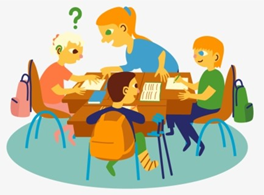
Statements like ‘’You are too lazy!’’ or ‘’You just need to work harder!’’ can lead to a massive roadblock to their achievement or a positive state of mind. Students with learning disabilities may have to work twice as hard as neurotypical students. Despite hard work, many may not still achieve what was hoped for. This can give rise to poor confidence and low self-esteem and may end up avoiding school work. This may be wrongly labeled as ‘lazy’. However, the fact is that their information processing system is different. All they need is individualized support and a curriculum to work around their difficulties. This is when special needs education will come into play wherein the education program is designed in a way that helps the students to bridge their gap.
Learning is affected by both Learning Disabilities and Intellectual Disabilities. However, they do not mean the same. A person with an intellectual disability is characterized by low levels of intelligence (an IQ score below 70) and poor adaptive skills i.e he or she may have difficulties in carrying out daily living functions. Learning Disabilities, on the other hand, have average or above average intelligence just like neurotypical individuals. They are just as smart and can achieve success as their peers! Just a poor IQ range is not a factor in Learning Disability. Famous personalities like Albert Einstein and Walt Disney had learning disabilities. Yet they have proved this through their massive level of achievement and success.
People with learning disabilities also face social problems. They may find it difficult to understand social cues and body language. It is tough for them to assess what is expected of them in a social scenario. As a result, their interactions with others may suffer. Thus, it is not something that is just limited to the classroom and academics but is all pervasive.
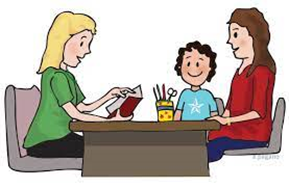
Learning Disabilities can bring a host of concerns about learning skills. Since reading and writing are a big part of our lives, for a child having such a disability, academic performance gets hampered. But it only means, how differently one works with such a child. Parents must seek help from Special Education teachers who can guide them with modified education programs and customized lesson plans and strategies to help the child work on his or her areas of difficulty. The key here is to help the parents to recognize, accept and understand the disability. If this is done, half the battle is won, and finally, with the right kind of support, children can find ways to use their strengths and eventually choose work environments that are suitable for them.
Learning disabilities cannot be cured. However, with the intervention at the right time, the challenges can be minimalized and managed. The very first step is a professional diagnosis. This happens through psychological testing. Post this, a special educator may create a detailed and tailor-made intervention plan to meet the child’s needs. The important thing to remember here is, the earlier the help, the better it is for the child to cope with the disability. If the learning disability goes unnoticed, it will give rise to frustration and low self-esteem and eventually to anxiety and depression.
All children with Learning Disabilities are the same -
Learning disabilities are completely different from physical and intellectual disabilities . Even if the prefix ‘’days’’ is commonly used before several terms, it may not always mean the same. The impact on an individual’s ability to process and learn information can be significantly different from others. This is solely the reason for encouraging individualized education programs and specific strategies to meet the specific challenges of a student.
Whether it is fear, unawareness or simply choosing to ignore, these can typically lead to misconceptions about learning disabilities which can be extremely harmful to the children, and the parents living in such situations. It is important to create awareness and understand the facts. It is life-changing to help such families to get on the right path.
If you believe, your child may be struggling with learning disabilities, please get in touch with the special education team who can help you with the right kind of resources and support.
